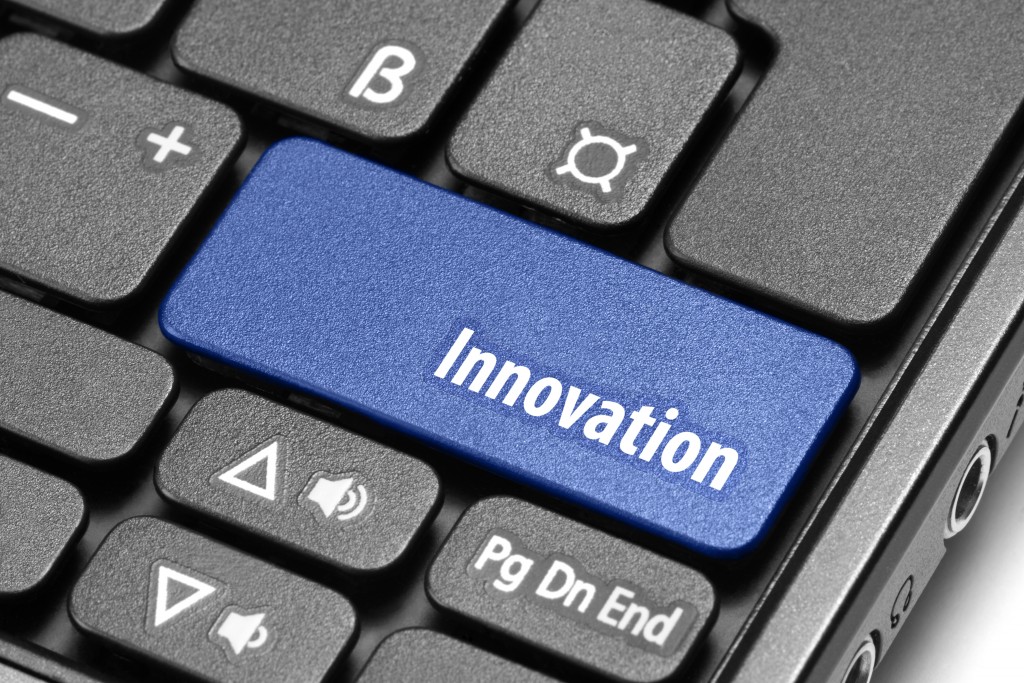One of the themes established early and often at this year’s SuiteWorld conference is “disruption.” And make no mistake; disruption is everywhere one looks in business today, as companies grapple with disruptive business models, disruptive channels and disruptive technologies.
But it’s not just the business that’s being disrupted. During a CIO panel discussion Tuesday at SuiteWorld, it was made clear that the job of being a technology leader also has been disrupted in a big way. Specifically, the CIO role is rapidly evolving into one of business leadership, not just technology oversight.
That, in turn, is forcing CIOs to look at their responsibilities in completely different ways. For instance, there was a time not long ago when a CIO’s primary job was to “keep the lights on” from a technology perspective, giving the company a stable platform from which to innovate.
Today, however, that’s been turned on its head.
“In order to keep the lights on, you need to innovate,” said panel moderator Douglas Brown, CIO of NetSuite.
In other words, to borrow a popular mantra, it’s “innovate or die.”
In fact, Tim White, CIO of LN Curtis & sons, which is the premier provider of firefighting, emergency response and police equipment, said he’d like to get completely away from keeping the lights on. White, whose company recently migrated its ERP and CRM environments to NetSuite, said the days of running heavy apps in on-site data centers need to come to an end.
“Whenever you have an on-premise system go down, your attention is going to stay on fixing that problem,” he said. “I’m very excited about moving away from that model.”
Mike Macrie, senior VP and CIO of $15 billion-a-year agribusiness cooperative Land O’ Lakes, shares that excitement. Land O’ Lakes has been steadily adopting NetSuite modules over the past few years in large part to support an ongoing international expansion plan, and Macrie said he currently spends half of his budget on running the business and the other half advancing it through innovation.
He’d clearly like to see that equation continue to skew toward innovation.
“Upgrades take energy away from the business,” Macrie said. Which is why he said he’s a huge fan of migrating as many systems as possible to the cloud. “It saves us time and money, and allows us to focus more on the opportunities facing the business.”
Along those lines, NetSuite is making it possible for Land O’ Lakes to adapt to the increasingly omnichannel landscape in which it operates. The price of not doing so is failing to meet the rising expectations customers have regardless of where or how they interact with the company.
“These investments are where the world’s going,” Macrie said. “If it doesn’t happen, (customers) are going to go somewhere else.”
In addition to an improved customer experience, LN Curtis’s White said that a cloud-based, omnichannel approach would reduce the trickle down tasks that result from changes to traditional ERP systems, most notably the need to then update mobile applications and ecommerce systems.
“Having an integrated solution which is fully omnichannel, all the data is just available,” he said. “How powerful is that?”
He quickly answered his own question: “It allows me to innovate.”
